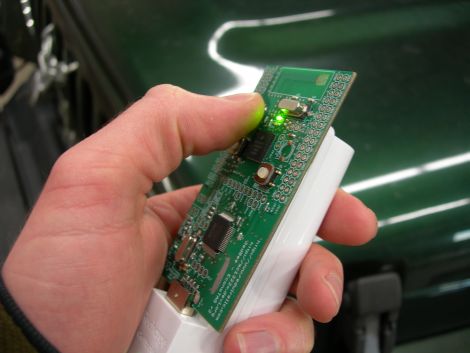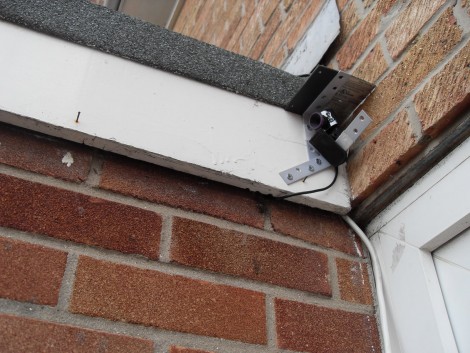
The [Libelium] team wanted to help people in Japan measure radiation in their surroundings following the nuclear accident in Fukushima. Because of the affordability and seeming ubiquity of the Arduino platform, they have been hard at work this last month trying to get their Geiger counter sensor board for an Arduino out the door. We think they’ve done a remarkable job.
A Geiger tube is a remarkably simple device, but getting the part can be a fairly expensive proposition. Thankfully, [Libelium] has already tested and verified a number of tubes from different manufacturers – very helpful if you don’t want to be tied down to one specific component.
This looks like this is just the sort of thing that the folks at [Seed Studio] wanted for an open hardware radiation detector, and [Libelium] has already shipped their first batch to the Tokyo Hackerspace. It’s good to know that help is going where it’s needed.
Video of the sensor board being tested after the break.
















